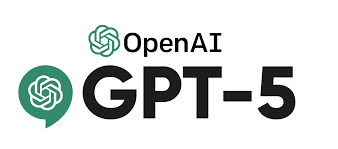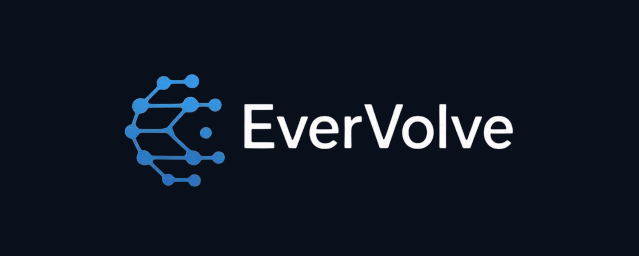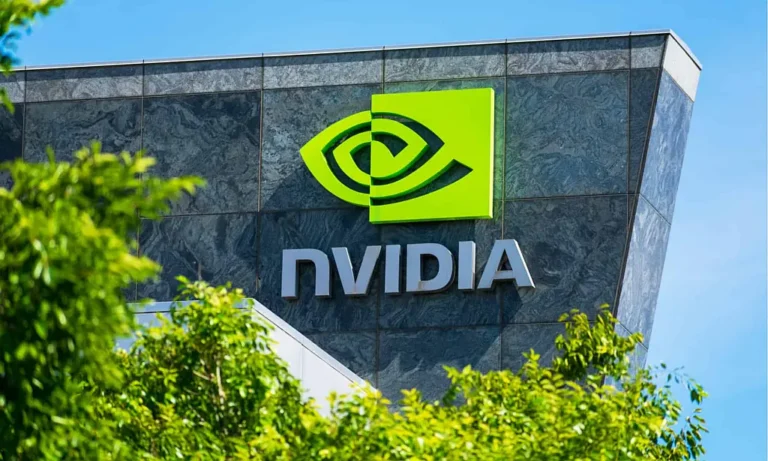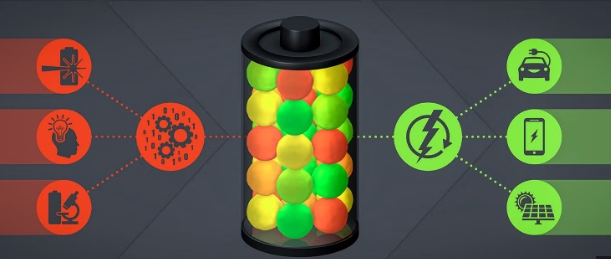OpenAI’s GPT-5 Launch: A Leap Forward Met with Mixed User Feedback

On August 7, 2025, OpenAI officially launched GPT-5, the latest iteration of its groundbreaking large language model technology. Marking a significant milestone, GPT-5 was introduced as a unified AI system combining advanced reasoning, multimodal input capabilities, and task execution into a seamless platform accessible to all ChatGPT users—free and paid alike. This launch represents the most ambitious step yet in OpenAI’s pursuit of creating artificial general intelligence (AGI), with CEO Sam Altman hailing GPT-5 as the “best model in the world” and likening the upgrade to moving from pixelated screens to Retina displays for iPhones.
GPT-5 embodies a major evolution beyond its predecessor GPT-4.5 (Orion), bringing together real-time adaptive routing that dynamically selects either quick responses or deeper “thinking” based on the task’s complexity. The model also boasts significantly reduced hallucinations, more transparent handling of its limitations, and enhanced multi-step logic capabilities. Its expanded token context—enabling it to process far larger inputs—conducts sophisticated workflows like drafting software applications, navigating calendars, or generating detailed research briefs. OpenAI intentionally made GPT-5 the default ChatGPT model for all users to democratize access to this cutting-edge reasoning AI without paywall restrictions.
Ad Content
Despite this excitement and the promise of a model closer to AGI, user feedback since launch reveals a notable divide. While many users appreciate the increased intelligence and task versatility, some report issues impacting everyday usability. The main points of criticism include:
- Accuracy and Reliability Concerns: Despite claims of fewer hallucinations, some users find GPT-5 occasionally generates inaccurate or misleading responses. For complex queries, the model’s “thinking” mode can sometimes produce plausible but incorrect information, frustrating users relying on factual precision.
- Performance Speed: Although adaptive routing optimizes for speed or thoughtfulness, some users note slower response times in “thinking” mode, hampering workflow efficiency especially for time-sensitive tasks.
- Interface and Usability Issues: Transitioning to GPT-5’s unified system has introduced subtle changes in interaction dynamics that some users find less intuitive than GPT-4’s more straightforward chat interface.
- Managing Expectations: The extensive hype and claims of “PhD-level intelligence” set exceedingly high user expectations. When GPT-5 falls short of human-level understanding or cannot learn continuously post-release, some users express disappointment.
OpenAI has acknowledged these challenges and emphasized ongoing rigorous safety testing, transparency about GPT-5’s limitations, and continuous model refinement. The company’s decision to provide “safe completions” rather than outright refusals on potentially risky prompts is part of its strategy to balance functionality with ethical safeguards.
In summary, GPT-5’s debut marks a landmark technological advance with broad accessibility and impressive new capabilities. However, its reception underscores the complexity of delivering truly reliable and fast AI at scale while managing the lofty expectations that come with being hailed as the next step toward artificial general intelligence. As users navigate GPT-5’s strengths and drawbacks, OpenAI’s iterative approach will be critical in addressing feedback and shaping the future of AI-assisted work and creativity.







